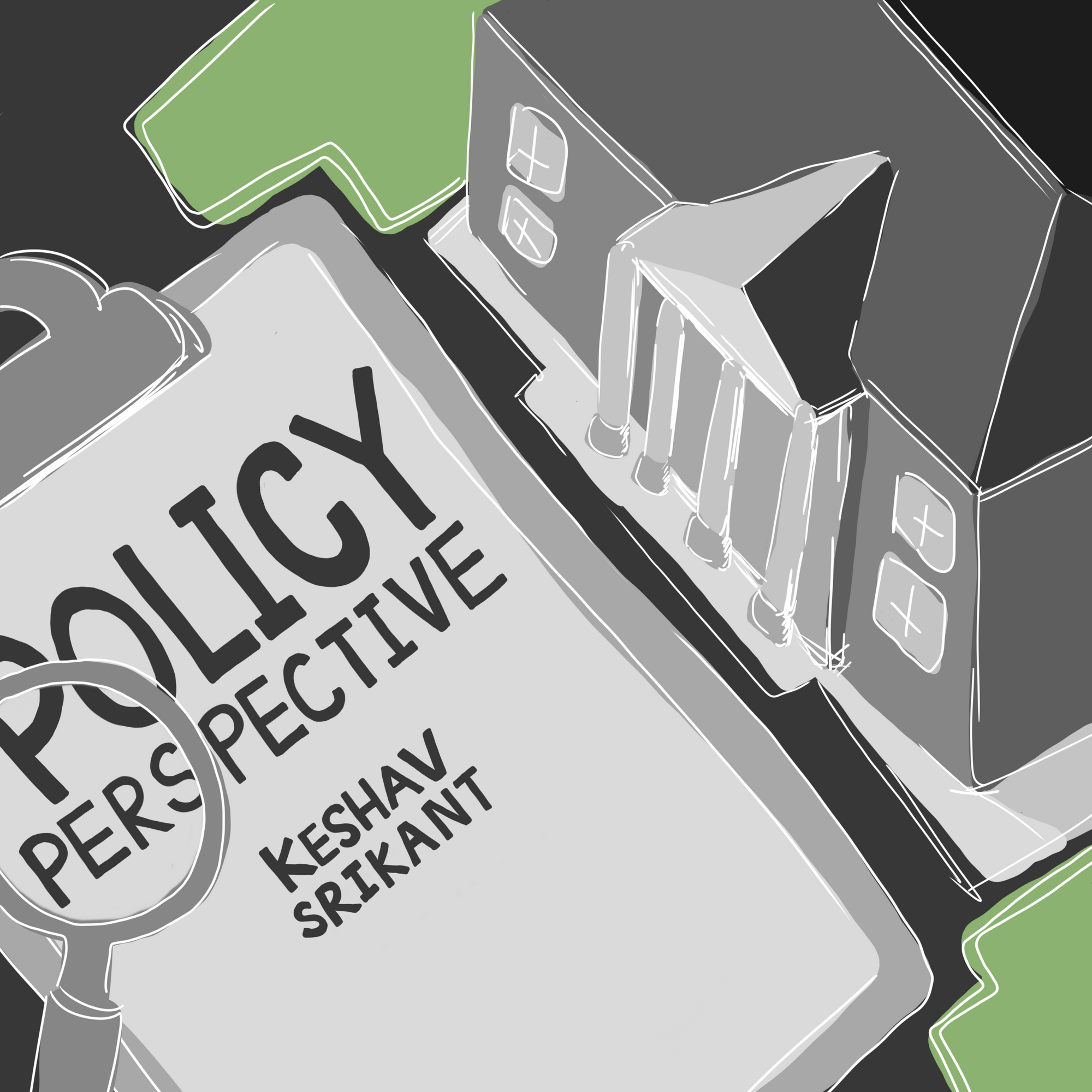Over the past year, the Biden administration has repeatedly been leaning on a new term in their messaging, Bidenomics, to describe President Biden’s economic policies. The Biden administration promotes Bidenomics as growing the middle class and the economy as a whole.
Meanwhile, Republicans have also adopted the term Bidenomics, and have assailed it as allegedly increasing the cost of living and being responsible for the rise in interest rates. These are real issues, but to truly evaluate Bidenomics we must look not only at these metrics but across all major economic indicators.
One of the most critical macroeconomic indicators is real GDP growth, which can tell us if we are in a recession and accounts for inflation. Under President Biden’s economic policies, real GDP grew a significant 4.9% last quarter, larger than expected and completely defying forecasts that predicted a recession. Comparing the post-pandemic economic recovery to other G7 countries when measured by GDP, the United States had the strongest economic recovery, fully regaining all pre-pandemic losses by 2021. This is in stark contrast to countries like the conservative-run United Kingdom, which, as of the start of 2023, had still not recovered from the pandemic-triggered recession.
The second key macroeconomic indicator is the unemployment rate. Using this metric, it is indisputable that President Biden’s policies have been at least moderately successful. Biden has created more than 14 million jobs since taking office, and while some of that job creation is undoubtedly due to the pandemic recovery, it is still an impressive feat, especially given that unemployment rates have hit record lows. Furthermore, many of those new jobs have been manufacturing jobs, especially in the Midwest, where industrial economies have long been on a downward trajectory.
The third major economic indicator is, of course, inflation. On the surface, Biden’s economic record here is bad — under his presidency, America saw its highest inflation rates since the 1980s. However, when comparing America to countries with vastly different economic policies such as the United Kingdom, inflation was only slightly lower during the peaks of American inflation last summer, which indicates that high inflation may have been due to external factors. As of July, the United States had a lower inflation rate than any other G7 economy. Furthermore, as of August, 60% of Americans described their finances as good or excellent in a Quinnipiac University poll, despite high costs of living and inflation. This poll came as real wages have increased for workers, meaning wage gains for workers have generally outpaced inflation.
Of course, one can convincingly dispute how much credit or blame Biden and his policies deserve for any of this. Many economists have long argued that the president has little control over the economy and external factors likely contributed to both the high job growth and inflation of Biden’s tenure. Biden’s success in certain areas also does not mean we should dismiss the inflation and high interest rates that are undoubtedly causing meaningful financial harm to families; they should be spotlighted. There is plenty to critique about Biden’s policies and his administration’s statements, such as the claim made by Janet Yellen, secretary of the treasury, in November 2021 that inflation would decrease the following year, which she admitted was wrong in mid-2022.
However, no matter one’s political affiliation, it would be wrong to take a snapshot of part of the economy and represent it as a whole. Inflation and high interest rates do not necessarily mean Bidenomics is a failure. High job growth and a strong pandemic recovery do not necessarily mean Bidenomics is a success. Any analysis of Bidenomics must look at all of these things, and every economic indicator, if it aims to create a meaningful evaluation of the success of Bidenomics.






